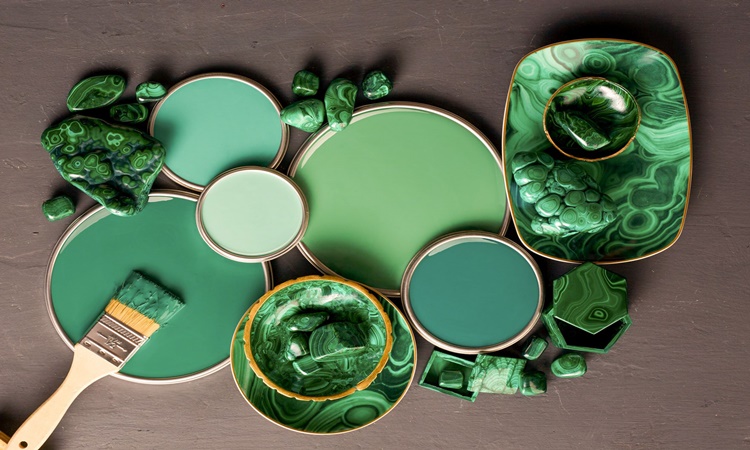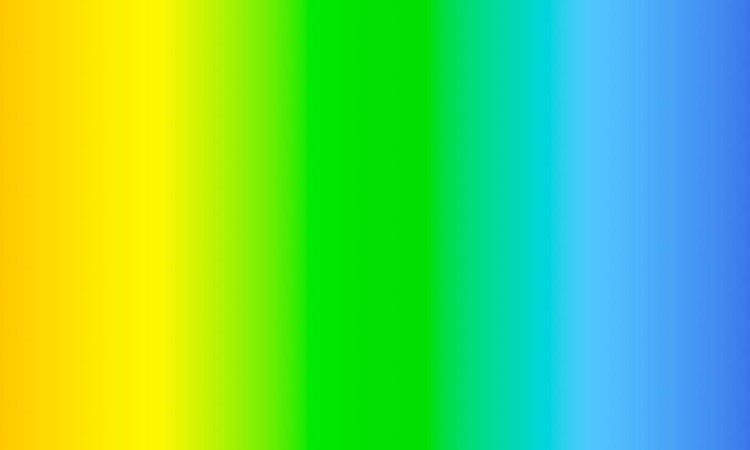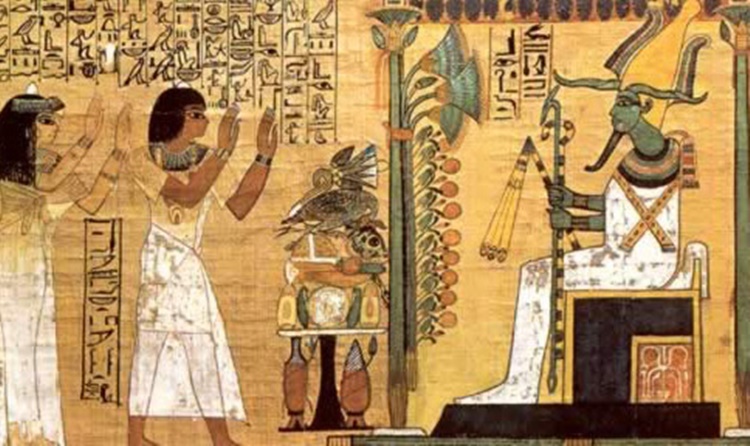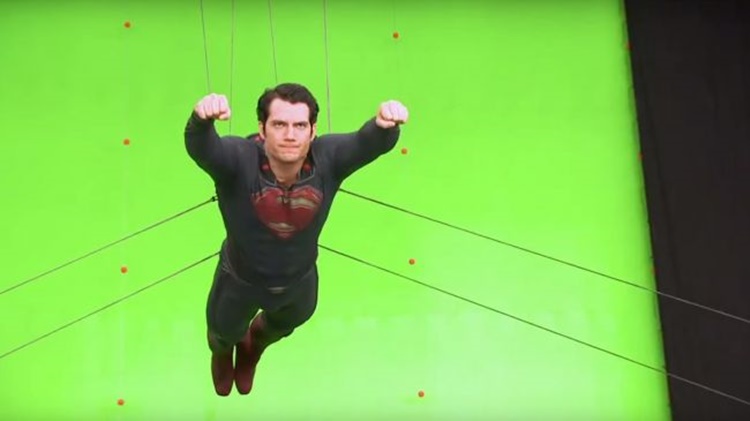5 Enchanting Insights About the Color Green
COLOR GREEN – Arguably the most crucial hue within the visual spectrum, these five astounding facts explain the significance of the color green.
The color green is closely linked to the human experience, saturating our surroundings as the embodiment of nature, while its specific wavelength holds a captivating relationship with our vision. It symbolizes both positive aspects such as peace and fertility, and negative traits like greed or envy.
Despite being categorized as a secondary color stemming from a blend of primary colors yellow and blue, green arguably reigns as the most pivotal hue in the visual spectrum. Here are five intriguing revelations that shed light on this claim. In a previous article, we featured our favorite green car names.

Human Eyes Are Most Sensitive to the Green Wavelength of Light

Among the spectrum of electromagnetic radiation, ranging from radio waves to gamma rays, the human eye is particularly receptive to the wavelengths between 520 to 565 nanometers, peaking at 555 nm, which corresponds to the color green. Positioned at the midpoint of the visual spectrum, this makes green easily discernible to our eyes under typical lighting conditions. Scientists suggest that this preference for green is conducive to a relaxed nervous system and an uplifted mood.
The Color Green Has Meant Many Things Throughout History

Today, the color green embodies a multitude of emotions and social movements. It can connote illness or envy, symbolize wealth and capitalism, or reflect the essence of the natural world and environmental activism. However, the cultural significance of green has evolved over centuries, holding diverse connotations in various parts of the globe. From its association with vegetation and death in ancient Egypt to its revered status in the Muslim world and its representation of wealth in African nations, green’s symbolic significance has undergone a transformative journey.
Hollywood Uses Green Screens Because of Human Skin Tones

Green screens, a staple in the arsenal of special effects in Hollywood blockbusters, owe their choice of color to the contrast with human skin tones. By using chroma keying technology, which isolates and removes the green background, filmmakers can seamlessly integrate various backgrounds into their shots. Despite its utility, the reliance on green screens has its limitations, as green attire can blend into the background, prompting some productions to explore alternative technologies like high-tech LED panels for creating otherworldly settings.
The Color Green May Have Killed Napoleon Bonaparte

The production of green pigments, such as Scheele’s green and Paris green, in the 18th and 19th centuries, marked a significant chapter in the history of art. While these pigments offered rich and vibrant shades, they were laced with arsenic, rendering them highly toxic. Notably, it’s believed that Napoleon Bonaparte might have succumbed to the effects of Scheele’s green present in the wallpaper of his room. Similarly, prominent artists like Paul Cézanne and Claude Monet, known for their use of Paris green, possibly suffered health complications linked to the hazardous nature of the pigment.
No One Is Sure Why the Backstage Room Is Called a “Green Room”

The term “green room” has its roots in various historical contexts, particularly in the realms of theater and royalty. While references to a “green room” date back to the 17th century, the exact etymology remains shrouded in uncertainty. Speculations range from connections to the color of the room’s walls, actors feeling “green” due to nervousness, to the notion of waiting “on the green” lawns of outdoor theaters. Despite these hypotheses, the definitive origin of the phrase remains elusive.
